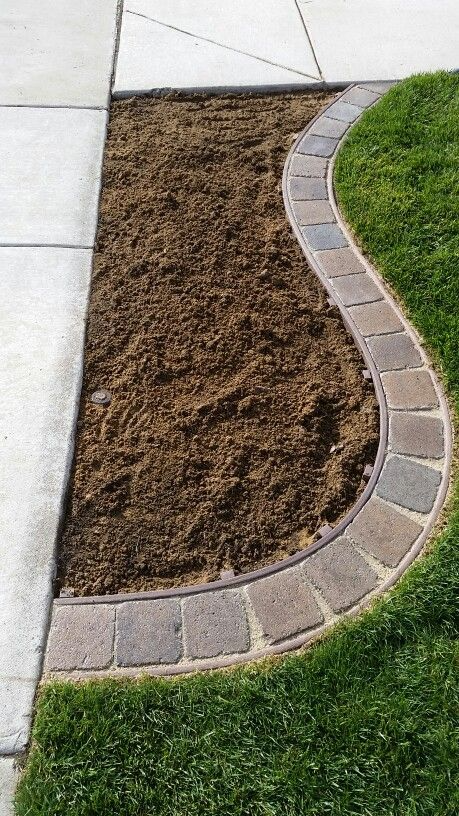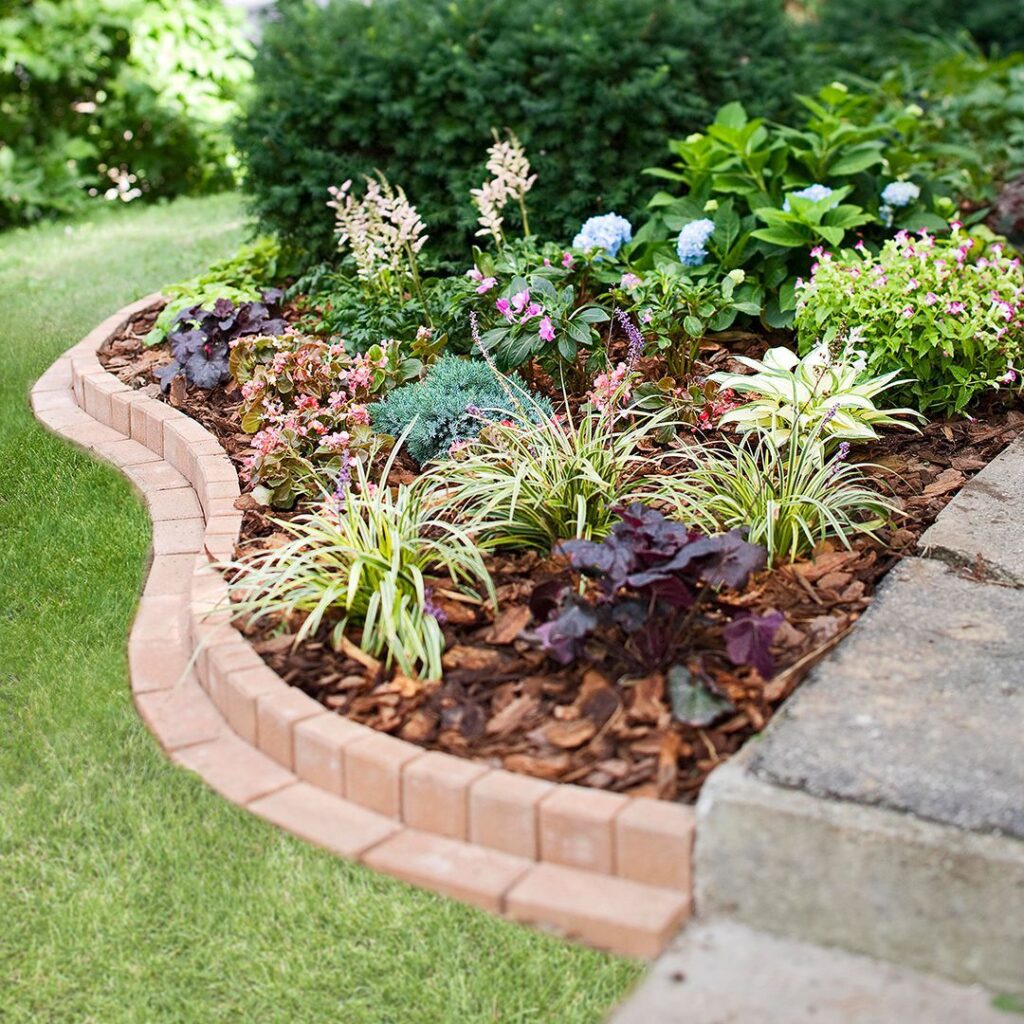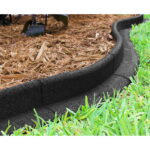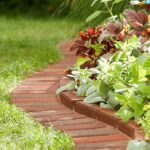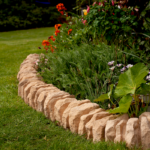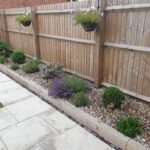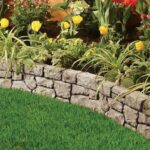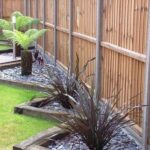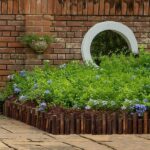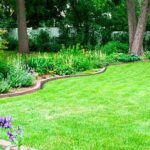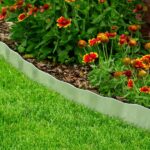Garden border edging is an important aspect of landscaping that often goes overlooked. Not only does it provide a finishing touch to your garden beds, but it also serves practical purposes such as keeping soil, mulch, and plants contained and preventing them from spilling over onto paths and walkways. There are many different options when it comes to garden border edging, from low-cost DIY solutions to more permanent and decorative options.
One popular choice for garden border edging is using natural materials such as rocks or stones. These can create a rustic and organic look that blends seamlessly with the surrounding landscape. Rocks and stones are also durable and low maintenance, making them a practical choice for busy gardeners. They can be arranged in a variety of patterns and sizes to create a unique and custom border for your garden beds.
Another common option for garden border edging is using metal or plastic landscape edging. These materials are typically more affordable and easier to install than natural materials. Metal landscape edging provides a clean and modern look, while plastic edging is flexible and can easily be curved or shaped to fit your garden beds. Both options are long-lasting and can withstand harsh weather conditions.
For a more decorative and ornate border edging, consider using brick or concrete pavers. These materials can add a touch of elegance and sophistication to your garden beds. Brick pavers can be laid in a straight line or in a herringbone pattern for added visual interest. Concrete pavers come in a variety of shapes, sizes, and colors, allowing you to create a custom border that complements your garden’s style.
Wood edging is another popular choice for garden borders, particularly for a more natural and rustic look. Wood can be easily cut and shaped to fit the contours of your garden beds, making it a versatile and customizable option. However, wood edging may require more maintenance than other materials, as it can rot or warp over time. To prolong the life of your wood edging, consider treating it with a weather-resistant sealant.
No matter what material you choose for your garden border edging, it’s important to consider the overall aesthetic of your garden and how the edging will complement your existing landscaping. Whether you prefer a simple and understated border or a more elaborate and decorative edge, there are plenty of options available to suit your style and needs. With the right border edging in place, you can enhance the beauty and functionality of your garden beds while adding a touch of character and charm to your outdoor space.
